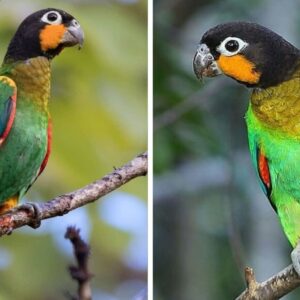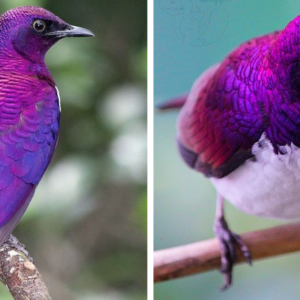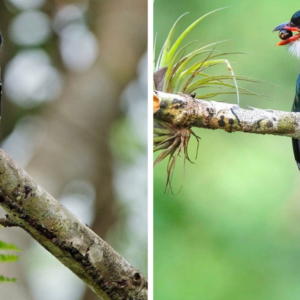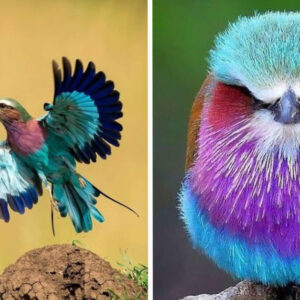The Pyrrhuloxia, sometimes known as the desert cardinal, is a rare and intriguing bird that may be found in the American Southwest. The Pyrrhuloxia is a striking sight against the arid terrain with its vivid red plumage and unique crest.
The Pyrrhuloxia is closely related to the Northern Cardinal and is a member of the Cardinalidae family.

The Pyrrhuloxia differs from its cousin in that it has a shorter, more rounded crest, a beak that is curved, and a characteristic grayish-brown colouring on its back and wings. The female Pyrrhuloxia has a duller, reddish-gray head and breast, whilst the male has a vivid red head and breast.
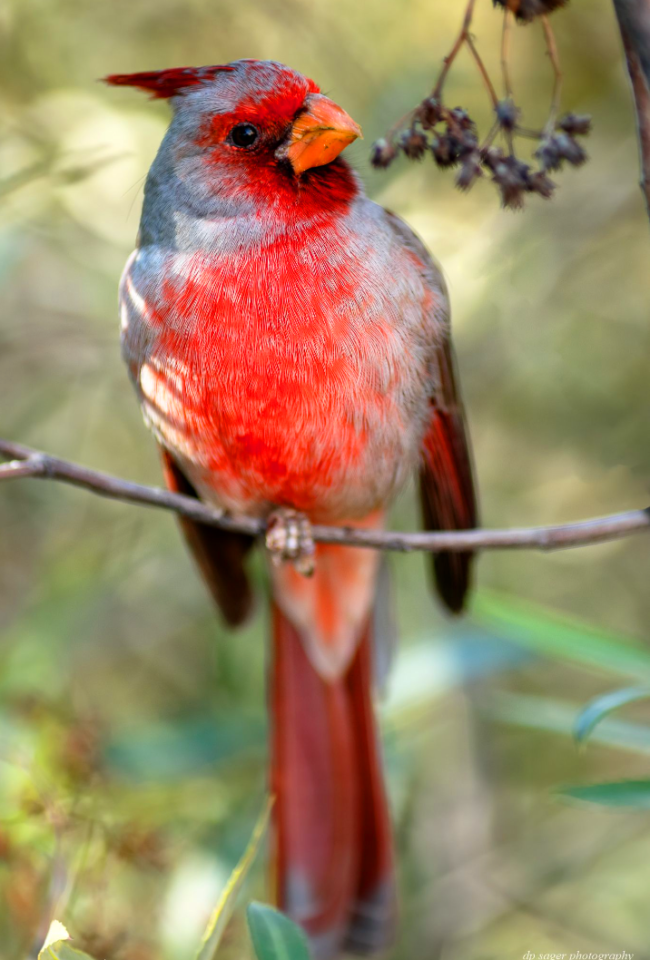
Texas, Arizona, and New Mexico are among the states in the United States’ southwest where Pyrrhuloxia is most prevalent. It is able to live in dry and semi-arid areas with little vegetation since it is well suited to the desert climate. The Pyrrhuloxia can be found in higher elevations in the highlands, although it normally favours low-lying places with cactus and bushes.
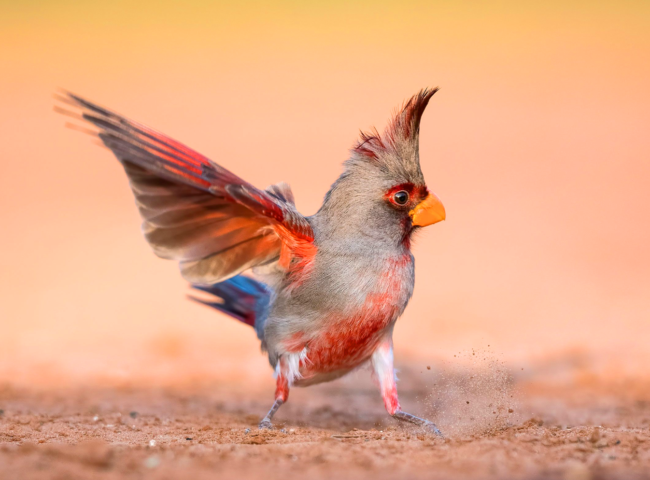
Mesquite, saguaro, and prickly pears are just a few of the desert plants that the Pyrrhuloxia feeds on. It is predominantly a seed-eater. It consumes insects as well, particularly during the mating season when it must feed its young.
The Pyrrhuloxia creates ‘tro’ pair connections with its partner and is monogamous. The male is well renowned for its extensive courting rituals, which include singing, hopping, and bowing. Once the pair has developed a relationship, they cooperate to construct a nest and take care of their young.

The Pyrrhuloxia is a threat despite its unusual form and adept adaptations to the arid environment. One of the biggest threats to the survival of the Pyrrhuloxia is habitat loss as a result of urbanisation and agriculture. Another issue is climate change, which is altering the desert ecology. Additionally, predators like domestic cats and birds of prey frequently hunt the Pyrrhuloxia.

The monogamous Pyrrhuloxia creates “trog pair bonds” with its spouse. The male is renowned for its intricate courting rituals, which involve hopping, bowing, and singing. Following their bonding, the pair cooperates to construct a nest and take care of their offspring.

The Pyrrhuloxia represents a threat to various species despite its unsettling look and adept adaptations to the arid environment. One of the biggest threats to the Pyrrhuloxia’s existence is habitat loss brought on by urbanisation and agriculture. Another issue is the changing desert ecology brought on by climate change. The Pyrrhuloxia is furthermore often hunted by predators, such as domestic cats and birds of prey.
https://levanews.com
